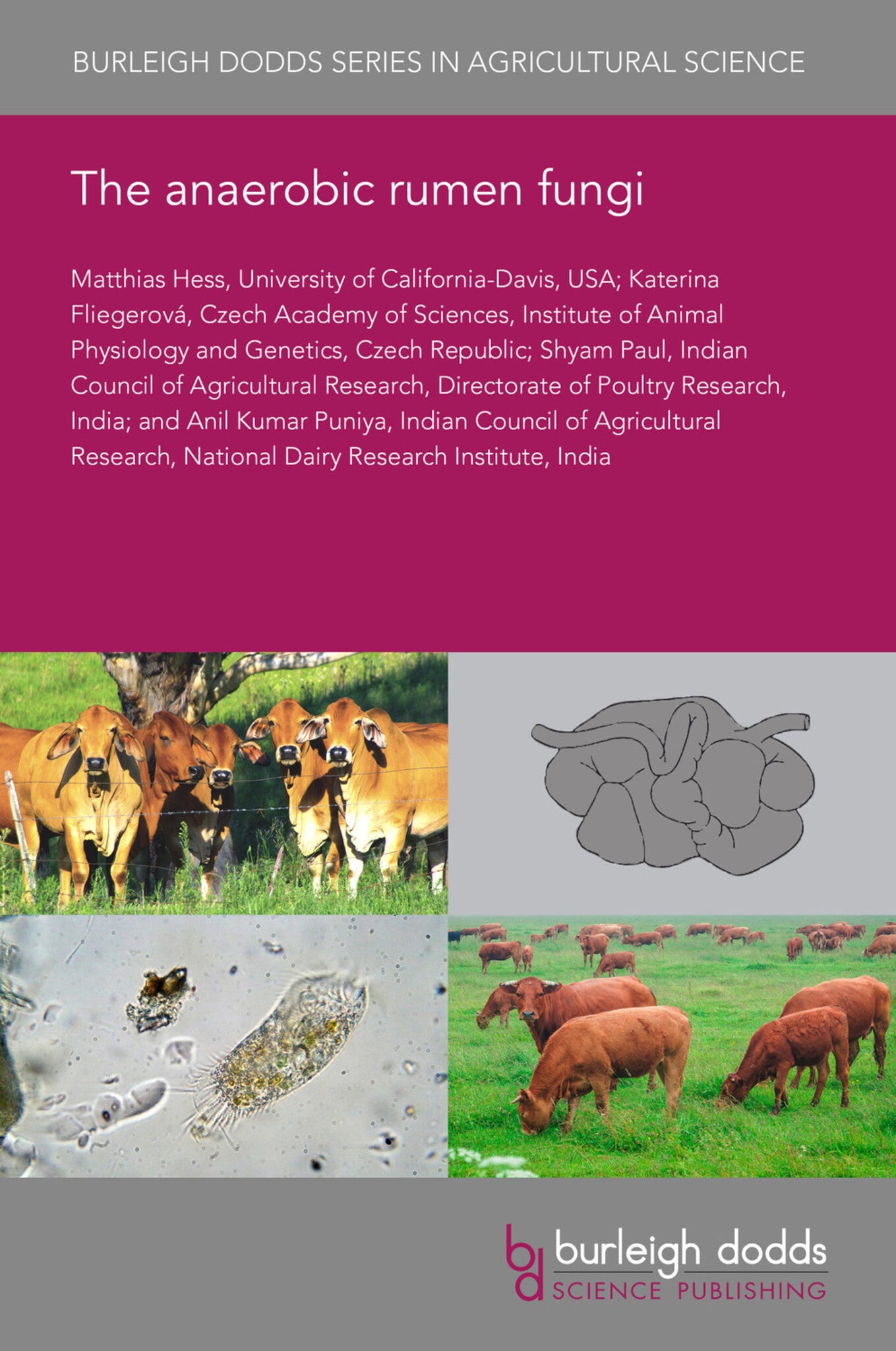We're sorry. An error has occurred
Please cancel or retry.
The anaerobic rumen fungi

Some error occured while loading the Quick View. Please close the Quick View and try reloading the page.
Couldn't load pickup availability
- Format:
-
22 June 2020


TECHNOLOGY & ENGINEERING / Agriculture / Animal Husbandry, Dairy farming, TECHNOLOGY & ENGINEERING / Agriculture / Sustainable Agriculture, Sustainable agriculture, Animal husbandry

1 Introduction 2 The life cycle of anaerobic fungi 3 Taxonomy and morphological features of anaerobic fungi 4 Genera and species of anaerobic fungi 5 Monocentric genera 6 Polycentric genera 7 Bulbous genera 8 Genomics of anaerobic fungi 9 Meta-omics of anaerobic fungi 10 Interactions between rumen fungi and other components of the rumen ecosystem 11 Conclusion 12 Where to look for further information 13 References



